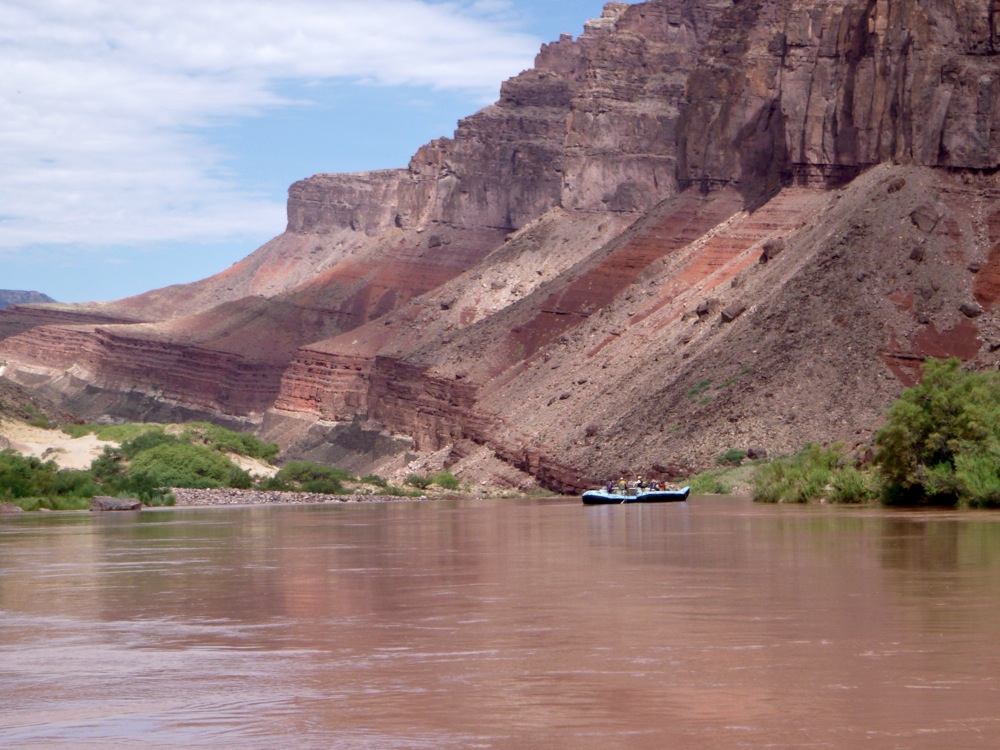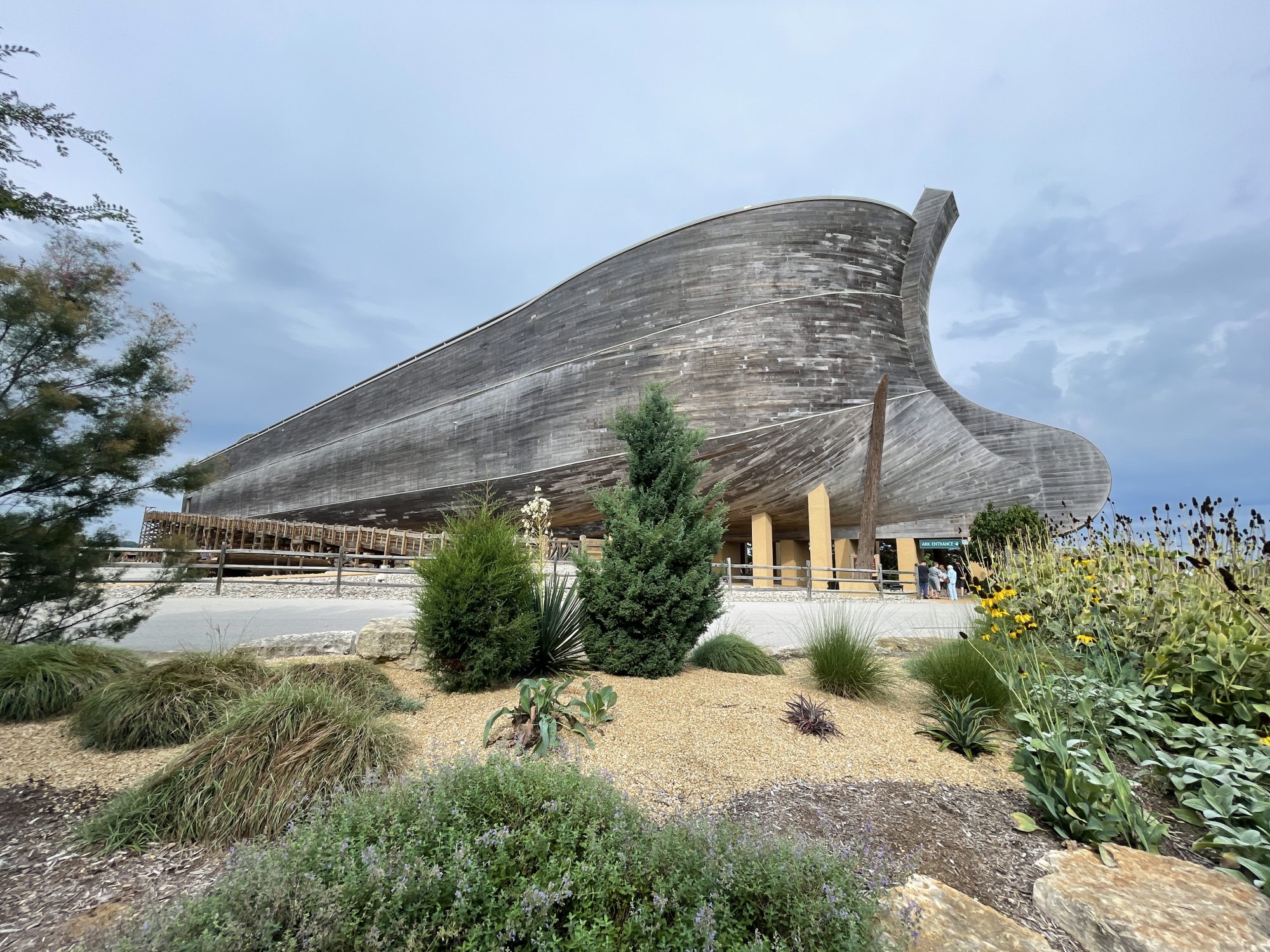Guess we’ll need to go into the details of the Great Unconformity (GU)…
Let me say at the outset that neither SG nor the FM can fully explain the Great Unconformity and it is a puzzle for any side.


So, what is the Great Unconformity?
The Great Unconformity of Powell in the Grand Canyon is a regional unconformity that separates the Tonto Group from the underlying, faulted and tilted sedimentary rocks of the Grand Canyon Supergroup and vertically foliated metamorphic and igneous rocks of the Vishnu Basement Rocks. The unconformity between the Tonto Group and the Vishnu Basement Rocks is a nonconformity. The break between the Tonto Group and the Grand Canyon Supergroup is an angular unconformity.
https://en.wikipedia.org/wiki/Great_Unconformity

Underlying the entire strata is the Vishnu basement rocks. According to SG, it is dated 1.84 – 1.68 billion years old. It is comprised of metamorphic and igneous rock. The Vishnu basement rock is part of the exposed Basement that spans the entire continent.
The tilted Supergroup is dated to be between 1.20 billion – 740 million years old. This section is considered to be Precambrian and contains few animal fossils. As far as I can tell, seeing any Precambrian sedimentary rock in the world is rare. Also common globally is finding Precambrian with unconformities.
The bottom of the Tonto group is 525 million years old and is where we start to see flat parallel layers.
The unconformities are where millions to a billion years are missing between the Vishnu basement, tilted Supergroup, and flat Tonto group.
I think there are two issues to address in the GU – the time gaps and the tilted Supergroup.
As for the time gap, the GU is not the only unconformity in the Grand Canyon. There are actually more time missing in the GC than there are represented in the GC strata. So, it’s not just the GU that needs to be explained, but all of the others as well. Again, either nothing happened for millions of years in the gaps or flat erosion happened multiple times.
For the FM, time gaps are not an issue. But what is a puzzle is the tilted Supergroup in the GU and how does the FM account for it?

Like the SG, I would say there’s one possible sequence – formation of Supergroup horizontally, then tilting, then flat erosion, then formation of the rest of the layers.
There are a few examples of this pattern worldwide, but it is the exception rather than the rule. And when we do see it, it is even rarer to see the sequence happen more than once in the entire billion+ years represented in the stata.
Here’s a close-up of another GU:
https://epod.usra.edu/blog/2011/02/unco … anyon.html
“Sarah, our river raft guide, is pointing out the “Great Unconformity,” where Tapeats Sandstone rests upon the Grand Canyon supergroup of layered sedimentary rocks. The span of her fingers represents a gap in the geologic record of at least 250 million years. This sandstone slab is estimated to be about 550 million years old; whereas the supergroup ranges from 1.2 billion to 800 million years old.”
It looks like a mudslide eroded the Supergroup, then the sediments/mud was deposited on it.
And interestingly, there is only a single rock layer on top of this GU.

In this image, it does not look like the Supergroup was eroded flat. But instead, two masses of land of different stratas collided into each other.
https://debatingchristianity.com/forum/viewtopic.php?p=1056956#p1056956
